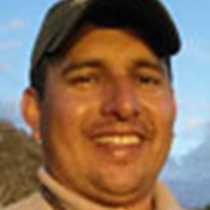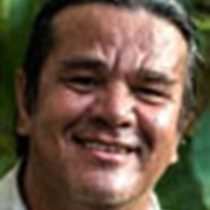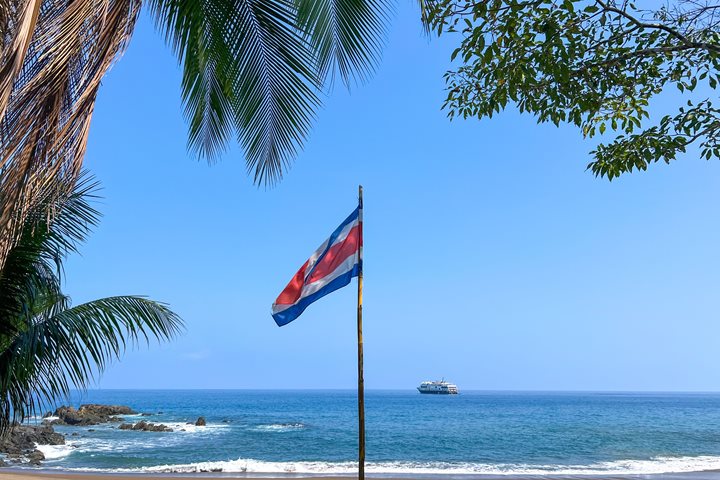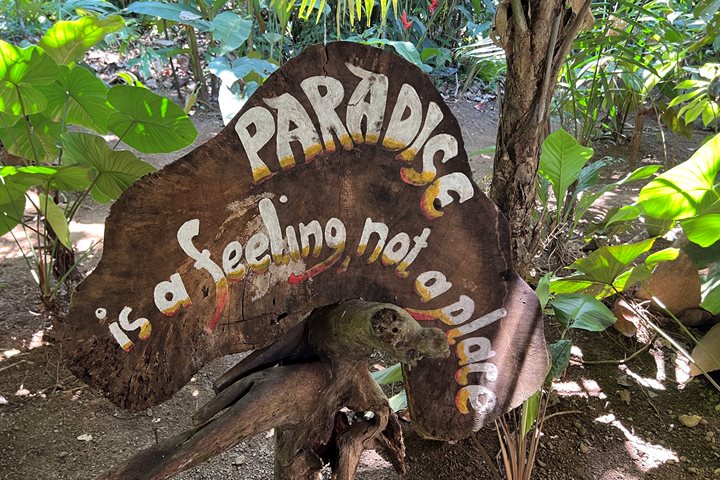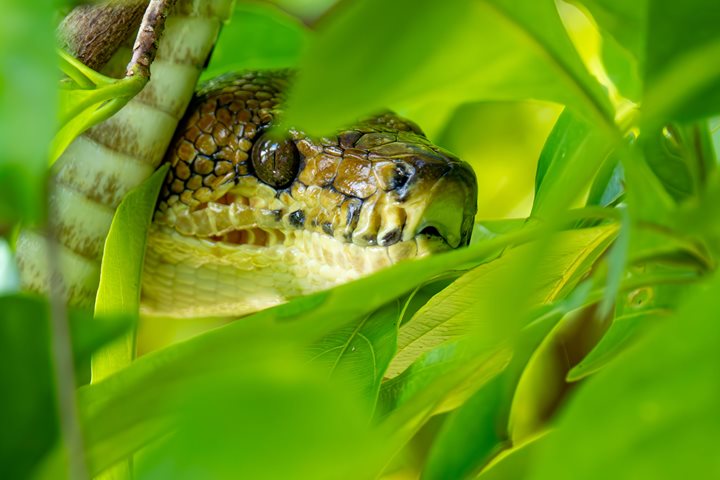Today we finished our expedition by visiting one of the crown jewels of tropical research, Barro Colorado Island. The island was formed when the waters of the Chagres River were dammed to form the Gatun Lake in 1913. Since its early years, the Smithsonian Tropical Research Institute has managed, administered and preserved its 6.0 square miles of territory, making it a mecca for tropical biologists from all over the world.
We heard inspiring and educational information about the multiple scientific projects occurring all over the island. For example, Dr. Meg Crofoot has studied the behavioral and movement ecology of the island’s primates for over a decade. Dr. Katharine Milton has run a census for more than three decades to understand more about the genetic, spatial and social relationships among the adults in groups of the island’s howler monkeys. Most of these long-term projects include measuring, mapping and identifying the woody trees and shrubs on the large plots of land. This information helps naturalists understand the effects of climate on tropical forests all over the world.
Our visit to this island also gave us one last opportunity to see some incredible wildlife. We spotted tamandua anteaters and various species of birds, like slaty-tailed trogons, snail kites and gray-lined hawks. We were delighted to see multiple species of monkeys once more, including spider monkeys, howler monkeys and playful white-faced capuchins. Even the three-toed sloths came out to see us depart for our late night crossing of the Panama Canal.
After returning to sea level at the Gatun locks, we finally reached the Atlantic Ocean. We completed a journey that started several days ago in the beautiful rainforests of Costa Rica on the Pacific side. What an expedition this has been.



